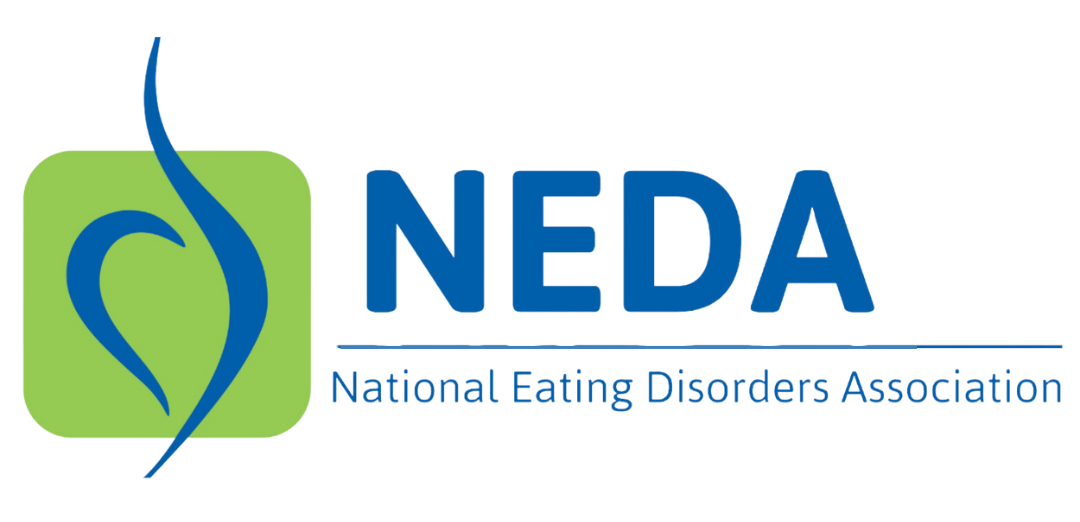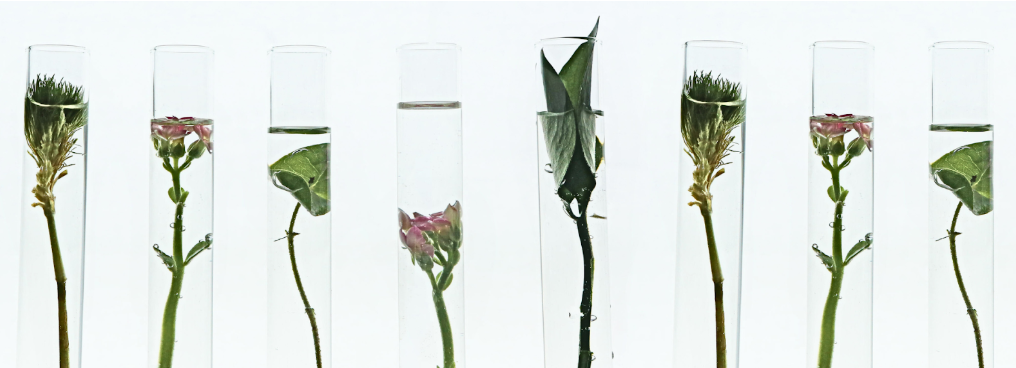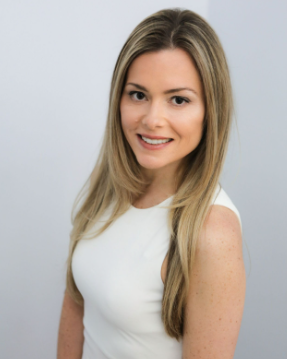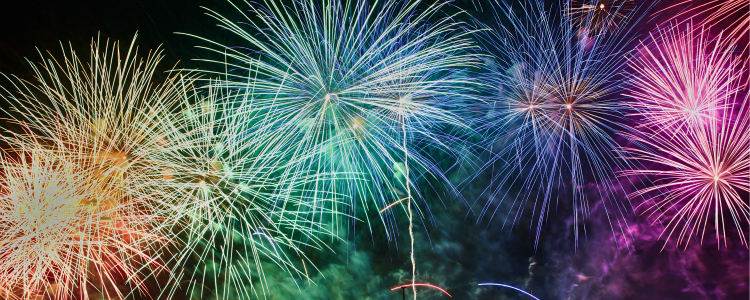This blog post represents the author’s views and should not be interpreted as professional/medical advice or endorsed by NEDA.
What if the very science that governs our bodies also holds the key to healing them?
For years, I treated my body like an equation to be solved—believing that worthiness was measured in calories, discipline, and shrinking numbers. I ignored hunger cues, dismissed exhaustion, and thought control was the path to balance.
But biology tells a different story.
Homeostasis, the body’s natural drive for stability, is not about restriction—it’s about adaptation, restoration, and resilience. Recovery, much like homeostasis, is not a destination; it’s an ongoing recalibration.
A journey of returning to ourselves, again and again.
As a science teacher, I once explored systems through textbooks, but now I embody that learning—applying the same cause-and-effect, interconnected thinking to understanding and healing my own body.
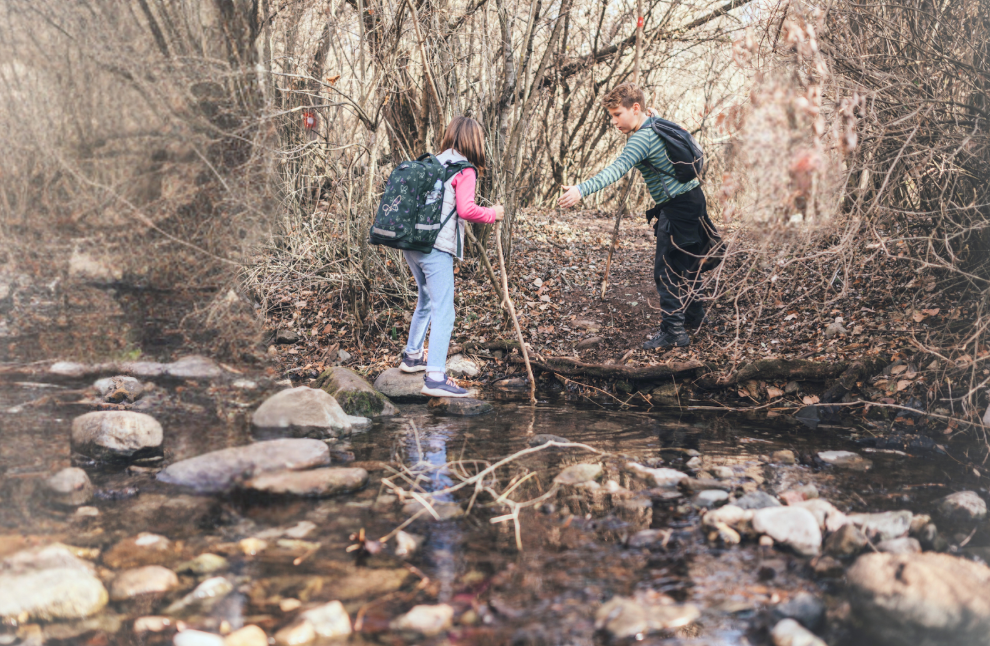
My Story
Disrupted Sanctuary: The Inquisitive Child’s Search for Stability
Growing up, the woods weren’t just my backyard; they were my first laboratory. I dug in the dirt, befriended salamanders, and smashed open rocks to uncover hidden sparkles.
I was a child scientist, fascinated by life’s ability to persist.
But as I entered my teenage years, life’s challenges began to obscure that wonder. Science, once my playground, became my refuge—a place where the laws of nature offered structure in an otherwise chaotic world.
When the foundation I had always known was suddenly uprooted, I lost more than just a place—I lost my sense of belonging.
In the aftermath, I grasped for control anywhere I could, turning my body into a research project—collecting data, tracking numbers, believing they could restore what had been taken.
I thought I was paving my way home – but instead, I was manufacturing madness.
I fell down a rabbit hole of obsession and restriction.
My self-worth plummeted.
Reflections in the Pond: A Descent into Truth
Follow the formula—you’ll be safe.
Follow the formula—you’ll be in control.
Follow the formula—perfection will be yours.
Follow the formula—you’ll find home.
I took her hand—deep into the dark lab, trusting her promises of safety and control.
At first, the signs seemed to confirm her claim. I traced the outline of familiar trees, and glimpsed the warmth of my childhood woods. We tiptoed through shallow pond water, stepping carefully along moss-covered stones—the very ones where I had found Taz, the speckled salamander, his amphibious skin shimmering like treasure.
She was right. This was safe. This was peace.
Follow the formula.
To others, it was just a muddy marsh—a place where mothers warned their children to keep their shoes clean. But to me, it was sacred. It was where I first learned independence, where I sat in silence and simply existed, and where my brother, my best friend, always made sure I was included.
Even when his friends came over, he insisted that I join their expeditions into the deep woods, showing me my worth long before I recognized it myself.
It was where I first fell in love with the natural world.
I belonged here.
But something shifted. The air cooled. The light dimmed. The forest, once a sanctuary, blurred into something unrecognizable. My footing faltered, the moss-covered stones now slick and treacherous. The ground, which had once guided me, resisted me.
I stumbled. I tripped over roots that once felt familiar. The luster of the earth faded beneath waterlogged branches and decaying leaves. My childhood refuge had turned on me.
Still, I pressed on—because I could see home.
Or what I thought was home.
The gate stood just beyond the hill, my childhood house nestled behind it. The scent of decay replaced the sweet summer air I expected. My heart raced, my breath shallow.
Outlier data, I told myself. Ignore it. Follow the formula.
The mad scientist reappeared—her silhouette blending into the shadows.
“You’re almost there,” she whispered.
Just one more step.
I reached for the branch dangling over the chain-link fence, the final piece of the equation. I inhaled deeply, sulfur thick in my throat, and jumped.
The branch snapped.
Silence.
I was weightless.
Then—I fell.
Roots tore at my skin. Thorns scraped my legs. I clawed at the earth, grasping for anything to stop my descent.
I crashed into the base of a tree.
Mud-soaked, bloodied, breath ragged, I lay there, my chest heaving. The forest, once lush and vibrant, had become barren and rotting.
The mad scientist reappeared—her shadow eclipsing the dim light above me.
At the height of my restriction—like an ultimate betrayal—my body shut down all “luxury” operations. Growth halted. My bones became brittle. Yet my belief in the formula calcified.
Surely, I thought, this much discipline—this many trials—would bring me home. But every time I climbed back toward the gate, I fell. Again. And again.
Each time, I heard her whisper:
Follow the formula.
But I wasn’t climbing anymore. I was descending.
The trusted allies of my forest—the branch, the roots, the earth—were breaking beneath me.
After countless trials, the data was undeniable. The patterns were no longer outliers—they were the truth.
The descent was the result.
The formula was a lie.
I dragged myself toward the swamp’s edge, my body reduced to instinct.
And then I saw her.
My guide. My confidante.
Her reflection in the pond.
It was me.
Barely recognizable.
The mad scientist had promised control.
Instead, she had led me further from home.
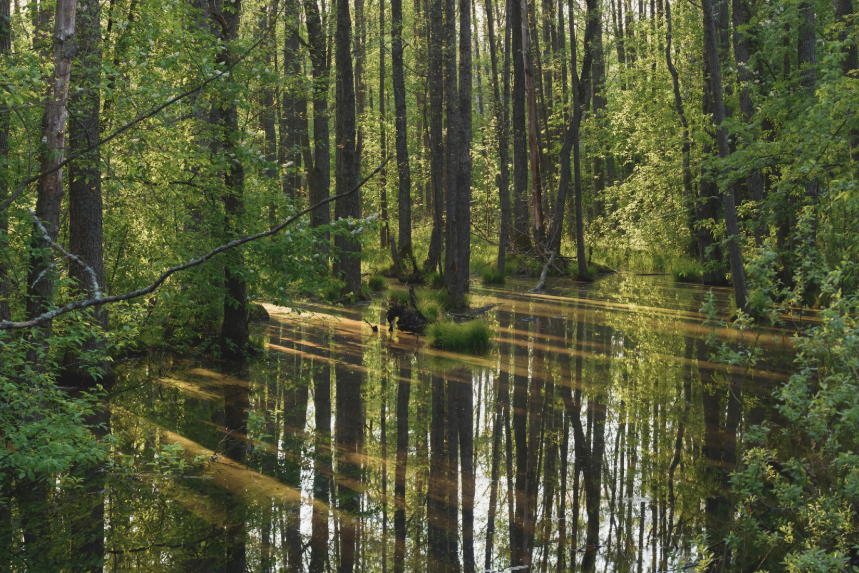
Understanding Homeostasis: The Body’s Built-In Drive for Balance
Homeostasis is the body’s innate ability to maintain stability—an intricate, self-regulating system that keeps us alive, adapting, and functioning.
At the height of my disordered eating, my body did exactly what it was designed to do: it protected me.
- My hands were always cold because my body prioritized warmth for vital organs.
- My digestion slowed to conserve energy.
- My hormones were disrupted, shutting down anything non-essential.
- My brain, deprived of essential nutrients, clung to anxious thoughts as a survival mechanism.
These weren’t failures. They were distress signals. Warnings.
My body was fighting for me. I had convinced myself that ignoring them was strength.
Yet, no matter how much I tried to override it, my body kept working toward equilibrium—because survival was always its first priority.
The Failed Experiment
Failure is data.
There are no failed experiments—only results that don’t support the original hypothesis. A scientist does not undo what they’ve learned. Instead, they refine their hypothesis, adjust the variables, and test again.
I can’t unsee or unlearn the data gathered from my descent.
I ran the same experiment—restriction, control, overcorrection—over and over, expecting different results – manufacturing madness.
But biology doesn’t bend to willpower.
The experiment had already proven itself: starvation masquerading as discipline didn’t lead to balance—it led to depletion.
What I thought was control only built walls—separating me from the people I loved most.
The False Claims We Internalize
False beliefs wire themselves into our brains. Neuroplasticity is funny that way—it follows the path of least resistance. That’s why I invite you to challenge the claims that were never yours to begin with.
Because as we know—just like energy cannot be created or destroyed, only transformed—so do the stories we tell ourselves.
Even now, I still hear her—the mad scientist—creeping in, sometimes disguised.
She whispers:
Follow the formula.
But I know her voice now. I know her fear.
And I no longer reach for her hand.
She was never leading me home.
The Scientist as a Collaborator
Science isn’t about control—it’s about curiosity.
The scientist in me has softened—no longer driven by rigid formulas, but by an ongoing dialogue—one where I listen as much as I observe.
My body isn’t a problem to be solved; it’s a dynamic, intelligent system that knows exactly what it needs.
Now, instead of overriding its signals, I work with them.
Instead of manipulating inputs to force an outcome,
I gather data with compassion.
Homecoming
After years of studying, teaching, researching, and exploring—alongside therapy, nutritionists, and the support of loving friends and family—my inquiry – once led by control is now framed in curiosity – the foundation of experimental design and discovery.
And in the process, I discovered a truth that changed everything:
Self-worth isn’t something you earn—
it’s something you return to.
Much like the luster I discovered in my childhood—smashing rocks open to reveal hidden glimmers—the same brilliance exists within us all. Even when it feels hidden, unnoticed, buried beneath layers of false narratives.
Homecoming is the celebration of knowing our self-worth.
A release of false claims generated by our inner mad scientist.
A return—transformed.
Arrival.
The scientist, no longer fearful of life’s unpredictability, now stands grounded. More experienced. More informed. Utilizing the tools—to observe, analyze, and shift accordingly.
When we recalibrate, we realign.
The sparkly, radiant version of you hasn’t disappeared.
It’s simply waiting to be rediscovered.
Healing, like science, is a dialogue.
Today, as I finalize this blog post, I am sharing my story publicly for the very first time. Today, I turn 45 years old.
For so long, I was terrified to speak up—to put words to my notes, my recollections. There is shame in secrecy.
But today, after 45 revolutions around the Sun, I choose to communicate my findings from the field.
This is the final step of the inquiry process.
Scientists communicate their results—why?
Because sharing opens up dialogue, allowing us to seek truth. It brings solutions to light.
Two researchers can look at the same data and interpret it differently—just as each of us experiences healing in our own way. But when we share our findings, compare insights and hold space for each other’s stories, we strengthen not only ourselves but the entire collective.
That is the power of connection.
That is how we heal.
Your Invitation to Experiment
Healing isn’t passive—it’s an ongoing inquiry, a process of discovery. Just like science, it requires curiosity, experimentation, and a willingness to adjust when new data emerges.
Now, I invite you to take this journey for yourself. Think of this as your own guided inquiry—a chance to explore the beliefs that have shaped your story, challenge what no longer serves you, and step into a more compassionate relationship with yourself.
This is your experiment. Your discovery. Your homecoming.
Let’s begin.

Step 1: Get Curious (Awareness)
Make a list of the false claims that cloud your judgment and erode your self-worth. These are the beliefs that keep you stuck in survival mode—gripping for control, striving for perfection, or waiting for external validation.
- How do these beliefs make you feel?
- Are they serving you or keeping you small?
- What would happen if you let them go?
Awareness is the first step in rewriting your story.
Step 2: Experiment with New Ways of Thinking (Adaptability)
Now, let’s challenge those false claims. Rewrite them with truth and compassion—a mindset shift from control to trust, from proving to arriving.
For example:
- False Claim: If I track everything perfectly, I can outsmart my hunger.
Revised Claim: My body already knows what it needs. I can listen and respond with care.
False Claim: I need to prove myself before I can rest.
Revised Claim: Rest is my birthright.
Choose one that resonates—or rewrite your own.
Step 3: Build Self-Trust (Homecoming)
Now, it’s time to live this shift. Choose just one of your revised beliefs and commit to embodying it for the next couple of days.
- What’s one small way you can put this belief into action?
- How can you move through the day as if this were already true?
Rather than striving for perfection, focus on how you want to feel—the feeling of arrival, homecoming, and ease.
Maybe this looks like:
- Pausing to check in with your body before a meal.
- Letting yourself eat without guilt, knowing your body deserves nourishment.
- Choosing rest without needing to “earn” it.
Throughout the day, take note:
- Did you feel even a little more at home within yourself?
- What did you notice?
This is about small shifts that lead to big change. The more you practice, the more natural it becomes.
Your Field Notes
To help you with this process, I’ve created a Field Note page—designed for you to download and print at home. Use it to track your reflections, experiments, and shifts as you rewrite the narrative and step into a more compassionate way of being.
Click [here] to download your Field Note page and begin documenting your journey.
Final Field Note To Self:
Self-worth isn’t about perfection, discipline, or numbers,
It is the internal equilibrium of knowing that you are enough
not when you are smaller,
not when you are more disciplined,
not when you are perfect, but right now.
Stay Curious.
Self-worth is—and always has been—yours.
Resources
If you’re questioning your relationship with food or body image, NEDA’s screening tool may be a helpful starting point.
Are you looking for an eating disorder treatment provider? Find treatment in your area or online.
Are financial barriers preventing you from seeking the support you need? Learn more about free and low cost support options to connect with others and provide tools to promote recovery.
Jessica Carrie is a science teacher and creator of Jess the Science Chic, a platform cultivating holistic and integrative approaches to health, education, and self-discovery.
